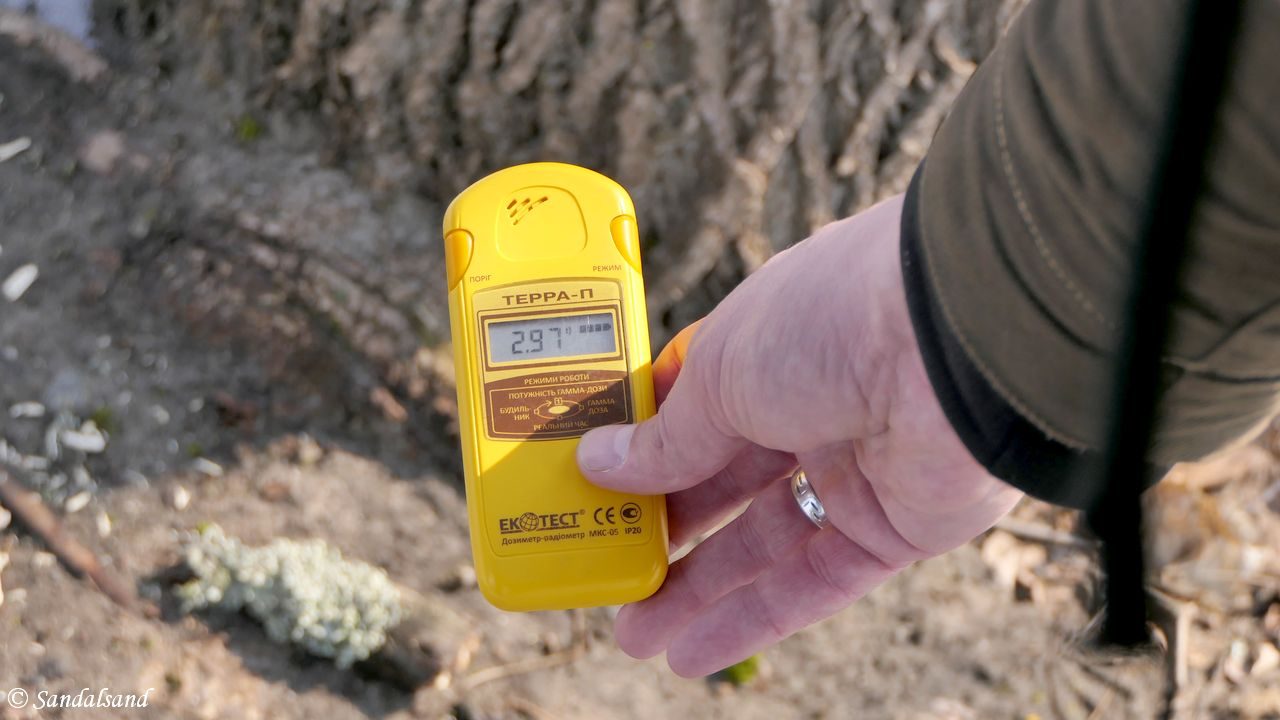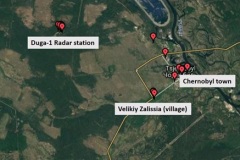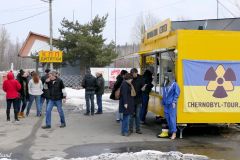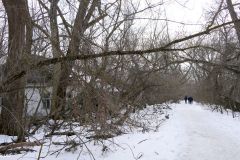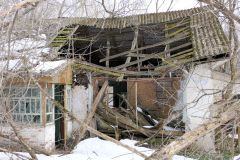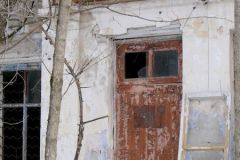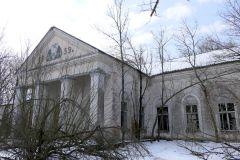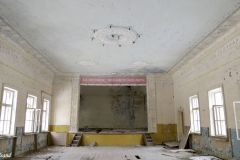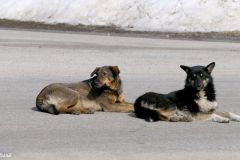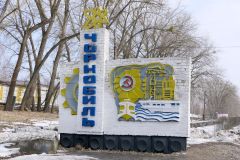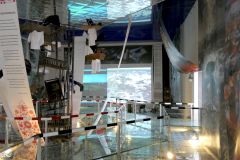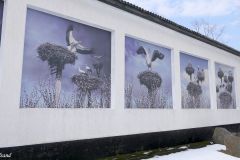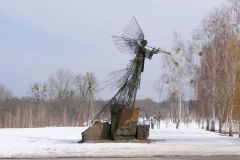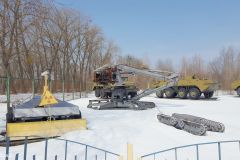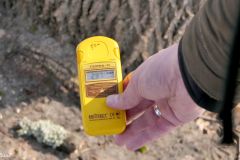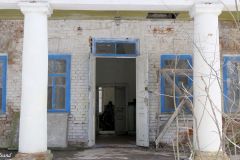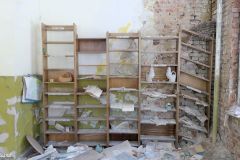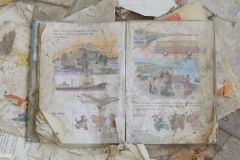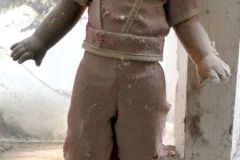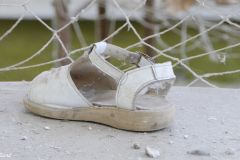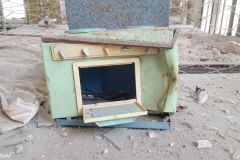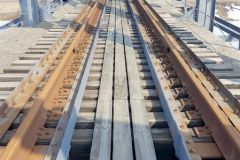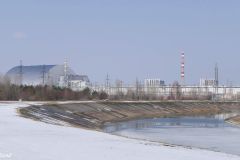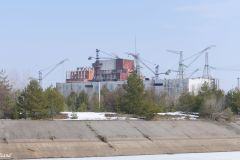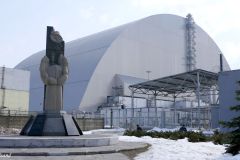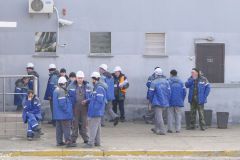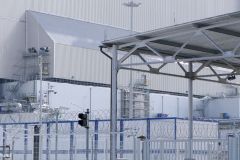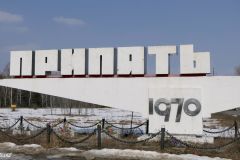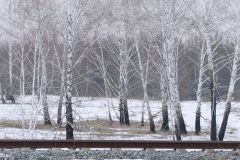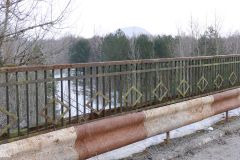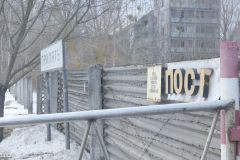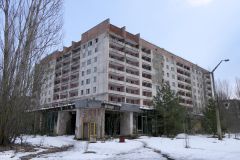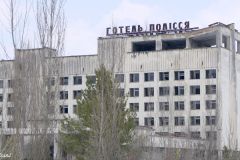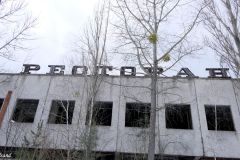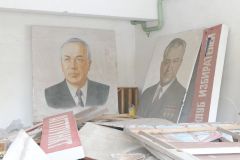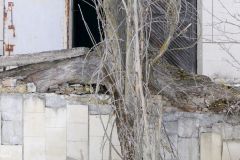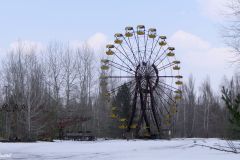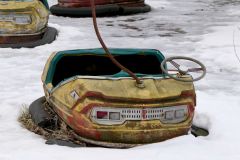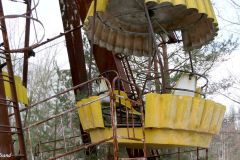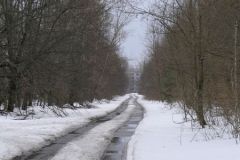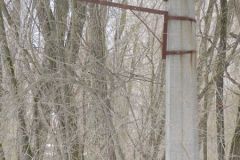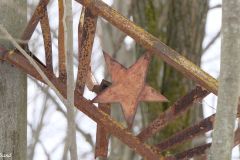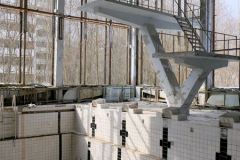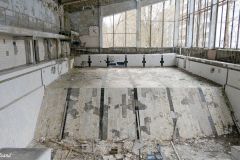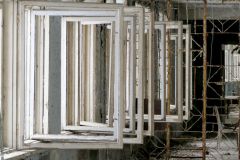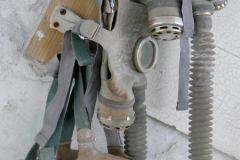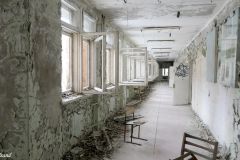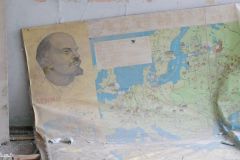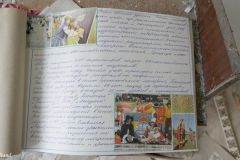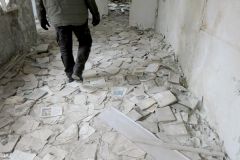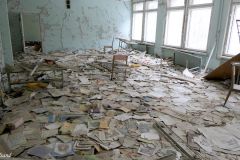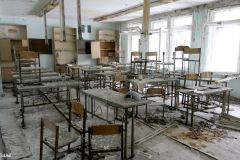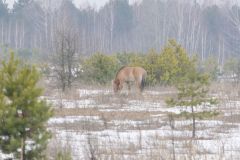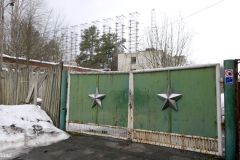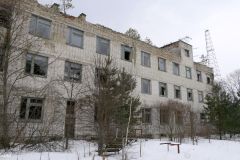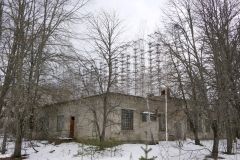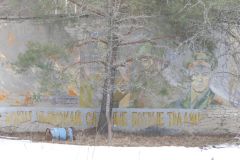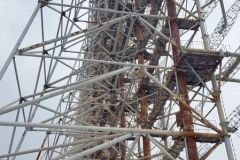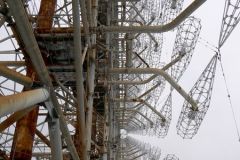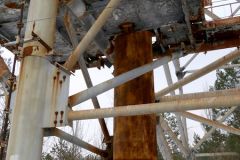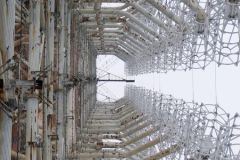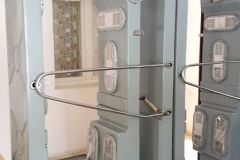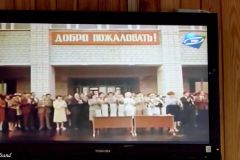This is a guide to the Chernobyl exclusion zone. Visitors are only allowed inside on guided tours. Here is what you need to know and expect.
Background
In the very early hours of 26 April 1986 there was an explosion in the number 4 reactor at the Chernobyl nuclear power plant. The reactor caught fire and exposed all present at the plant and the surrounding vicinity to immediate danger. Today the area is an exclusion zone.
The power plant consisted of several reactors. It was situated north of Kyiv, in Ukraine, close to the Belarus border. The operators took immediate action to curb the fires and limit the disaster. 36 hours after the first explosion Soviet authorities ordered the complete evacuation of 49,000 inhabitants from the town of Pripyat, only a couple kilometres from the plant. A few days later another 68,000 evacuated the town of Chernobyl. Over the years the total of permanently resettled persons amounted to 350,000.
However, the disaster itself and the subsequent nuclear fallout resulted in very few fatalities. Certainly, Soviet Union authorities at that time were not particularly open about what had happened. Nonetheless, the accident could have been a lot worse. Read more.
There is still an exclusion zone 30 km around the facility. The authorities check all visitors at border posts, they only allow a few visits at a time and they allow nobody to set up long-term or permanent residencies. What the evacuees left behind in 1986 is still there, more or less untouched. It was into this zone I went in 2018.
Dityatki Checkpoint (30 km)
I had booked a ticket with an authorised agency in Kyiv. Only a few operators are allowed to take visitors into the Chernobyl exclusion zone. They prohibit individual excursions without proper guides. At this checkpoint we witnessed how a rented car with foreigners was turned back.
There is a gate and a passport control. Information posters about the disaster are put up and an information kiosk is selling artefacts like gas masks.
One of the following images shows where I took my pictures inside the exclusion zone. There is also a proper map at the bottom of this article.
Velikiy Zalissia (village)
Our next stop was at a village along the main road to Chernobyl. There are certainly many more around. According to one of the information boards at the checkpoint there are 94 abandoned settlements in all. In this one we walked along a narrow lane between ruined houses (due to age and neglect). We ended up at a community centre which was also coming apart.
Strangely a number of seemingly stray dogs were awaiting us when we returned to the minibus. They had no monstrous appearance, and according to our guide the dogs are kept by workers guarding or working at the former power plant facility.
Chernobyl town
This town gave its name to the nuclear power plant, and it seems to be somewhat alive even today. Of course, it is situated well inside the exclusion zone but at the end of our visit we were treated with a meal at the Desiatka restaurant. The people there did not seem to be commuters into the forbidden zone.
On our arrival we were guided into a museum called “Star Wormwood”. This was interesting not least because of its modernistic appearance. It is not so much about the hard facts, more serving as a living and emotionally moving memory of it.
There are a couple of monuments worth noting. One is the Third Angel Statue right outside the museum. The other is the Lenin statue further on up the road. This is in fact one of very few Lenin statues left in Ukraine.
Kopachi kindergarten
Guarded by a statue of a Soviet soldier, this kindergarten is obviously a favourite among tour agencies operating inside the Zone, and also among various TV and movie producers. Inside we found books scattered on the floor, dolls sitting in the bed, toys everywhere and everything left to the forces of nature. This is a very telling reminder of what happened in the days after the accident. We kind of forgot the “popularity” of the kindergarten in recent years. No children ever returned to play at the kindergarten.
Chernobyl power plant
The kindergarten is right outside the power plant. The plant occupies a large area with a number of former reactors. Some were still under construction at the time of the accident. We made a stop at a railway bridge for a look at the other reactors and a glimpse of the new steel sarcophagus around reactor 4.
We then moved into the immediate proximity of it. There were a number of workers around, and a monument. We were all of a sudden standing a mere 100 metres from the once exploding reactor. What a feeling!
In the days after the disaster the authorities filled the open reactor with concrete, forming a sarcophagus around it. In recent years it has been replaced with a more lasting one made of steel. This is a place for eternity, never to be exposed again.
Pripyat town
The traditional city welcome sign was greeting us as we approached the former town of Pripyat, only a couple of kilometres from the reactor. Further on there is a bridge over a railway line, the later dubbed the Death Bridge. That night in 1986 people would walk out here to watch the fires and explosions lightening the sky. Strange to think of today.
There is another checkpoint as we approach the city centre. They let us out of the bus again in front of the central square. Straight in front we take notice of the former Palace of Culture. To the right is the abandoned former Hotel Polissia. To the left the remains of a shopping mall and a restaurant. Small and large residential blocks are everywhere.
Pripyat was built to house workers at the nuclear power plant, and their families. It was a very well designed town, according to Soviet principles. A video we watched later in the day at the restaurant was showing how perfect everything was here and how happy people were.
Behind the Palace of Culture an amusement park had opened only the day before the accident. Indeed, city authorities kept it open even the day after, just to calm any anxieties. Nonetheless, evacuation started that very afternoon.
Our walk continued into the former public pool and to Middle School Number 3.
Duga-1 Radar station
Also inside the Chernobyl exclusion zone we are now allowed to visit the formerly ultra-secret Duga-1 radar. This was one of two over-the-horizon early-warning radars the Soviets built. They designed them to pick up signals indicating a nuclear attack from the United States. The other radar was located in eastern Siberia.
The station was abandoned after the disaster and the entire program was scrapped as well, a couple of years later. Today it is possible to visit the extensive facility with office and residential buildings. The enormous antenna is the highlight of the visit: 450 metres long, 150 metres high. It has not been dismantled, allegedly because it would cost too much.
The return
Upon leaving the Chernobyl exclusion zone we had to step through a radiation scanner, a common procedure and security measure. The apparatus seemed antiquated but was still functioning according to the guide.
The inhabitants of Pripyat were forced to leave everything behind. Very much later the authorities allowed them to return to pick up private belongings. As we walk the streets of Pripyat we realise that nature is taking over the town. It is becoming overgrown with trees and bushes. Street signs are rusting, so are fences, and everything that is not built to last is in the midst of decay. Here and there a controlled removal of windows have taken place, but only those with metal frames, not wooden. One would assume that there has been some degree of uncontrolled removal of objects as well.
On our return we also made a stop at the Desiatka restaurant in Chernobyl town. It is also possible to stay the night here, I suppose with the proper permissions arranged beforehand. The food was traditional and decent. A TV set on the wall showed life in Pripyat before the disaster, a telling reminder of how different things were then and now.
Some thoughts on the way back to Kyiv
I had booked my day trip (11 hrs) from Kyiv with Chernobyl Exclusive Tours and was satisfied with them. There are other agencies as well. The authorities do not allow individual visits.
Our guide told us that there had been a debate in Ukraine on how much one should develop the Chernobyl exclusion zone as a destination of mass tourism. For the time being they only allow minibuses to pass through the checkpoints into the zone. Authorities are apparently reluctant to opening up the area completely. This is a view I could easily agree with. There were a few minibuses the day I arrived, in Easter week outside the main season. The area is large and once inside we would see other minibuses only one at a time.
At the kindergarten my guide had used the term “Chernobyl porn” and it sure seems like Chernobyl is growing into a disaster zone in one more respect. Mass tourism will surely add to this impression. There is no real danger – in terms of radioactivity – on a day visit to the exclusion zone. However it is also a memorial zone – a death zone – and one should treat it with respect and reverence.
Map and video
This map shows places I visited during my visit to the Chernobyl exclusion zone in March 2018. Click and zoom as you like. Read all Sandalsand’s articles from Ukraine.
Previously there was a video on YouTube which showed how perfect life in Pripyat was before the disaster. Unfortunately, it is no more.

